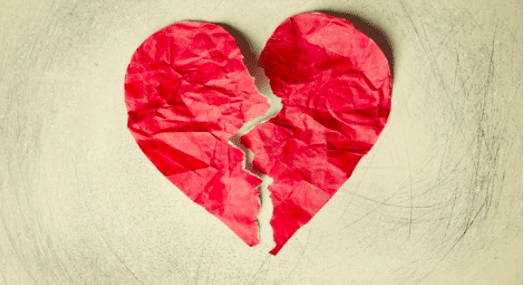Or … what I learned from my adventures in angioplasty.
Getting a stent was never at the top of my Christmas wish list.
Nevertheless, on December 16, after some months of peculiar symptoms and a serious conversation with my cardiologist, I found myself in a hospital cath lab, getting a stent implanted in my right cardiac artery. It turned out it was 90 percent blocked. Who knew? I had had no warning signs but the stress test told another story.
Because I’m a writer and feel better when I work, I wanted — well, needed — to create a story around this scary time and share what I learned with you.
Women’s symptoms are often dismissed but not in my case. Everyone — from the cab driver who got lost on the way to the hospital (a true comedy of errors) to the admitting physicians — took my anxiety and fear very seriously. The angioplasty was performed at George Washington University Hospital where, you may recall, a certain vice president (and father to Liz Cheney) had many of his cardiac procedures. That lent a certain irony to my situation.
You may love your doctors, but nurses are the best. And vastly overlooked, underappreciated and under-rewarded.
Know your body. Whatever feels weird probably is. Get it looked at. My “blast furnace” heartburn was likely chest pain. But because it was “unconventional,” I thought “horses” (epigastric) not “zebras” (heart). A common mistake, apparently.
You can be in great shape as I thought I was, with no apparent risk factors, and still get a kick in the head from your body.
Get your estate and paperwork in order now and make sure your loved ones know your wishes and how to go forward, just in case. (Spoiler alert: it can be very difficult conversation.) It gives you a sense of control (Ha!) and the reassurance your family knows what’s expected and desired. I was down to “who takes the dog and who takes the cat.” It was oddly comforting to have this resolved.
Medically, my recovery has been uneventful. Emotionally, not so much. I feel vulnerable and scared. So very scared. All the time. (My new team at the cardiac rehab center assures me this will pass.) The bruises from the angioplasty and IVs have faded but not the fear or the memory of thinking, am I going to die?
I’ve always looked young for my age and was vain about it. But now I ask myself: Will this be the start of my descent into decrepitude? A cascade of other things? What else is lurking that I don’t know about? Every twinge seems ominous. My world has temporarily shrunk down to my body and how it feels at any given moment.
It takes a spread sheet and a lot of notes to manage a new routine of meds. Not to mention the side effects. This has become my default hobby.
I am afraid to close my eyes.
According to the CDC, it is heart disease, not breast cancer, that is “the leading cause of death for women in the United States, killing 314,186 women in 2020 — or about 1 in every 5 female deaths.” Symptoms like mine often go unrecognized or are attributed to something else. Lifestyle factors, including excess stress, contributes to your risk for heart disease, so have a “heart to heart” talk with your physician about what you can do to reduce that risk — from smoking cessation to dietary changes to more exercise. Think of it as the best sort of self-care. Some things you can’t change. In my case, a genetic legacy and, um, my age.
To learn more about women and heart disease, visit the American Heart Association’s, Go Red campaign. Or if you’re a doctor-wannabe like me, pick up “Heart, A History” by Sandeep Jauhar, M.D., which reveals the mysteries of the heart and the discoveries that have advanced our knowledge of this “most vital organ.” And for those with a more spiritual bent, spend some time with Pema Chödrön’s “When Things Fall Apart: Heart Advice for Difficult Times.” It provides a Buddhist approach to overcoming pain, fear and chaos through openness, curiosity and compassion.
February is American Heart Month.



Susan: So glad it worked out.